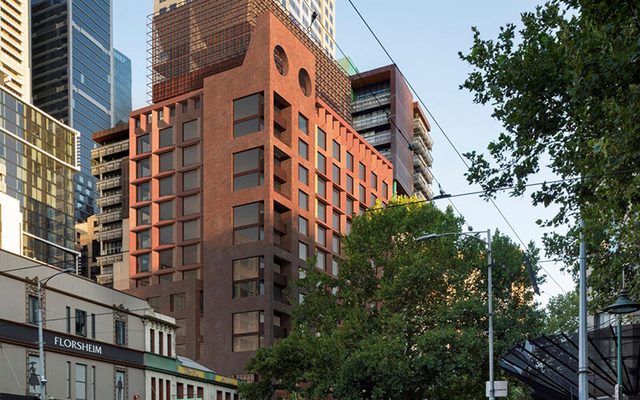This article is from the Australian Property Journal archive
THE much-anticipated interest rate cuts may not come for a little while longer, with some now expecting the Reserve Bank of Australia to hold any cuts until the second quarter of 2025.
The RBA remains firm on its commitment to the current holding pattern for interest rates, referring to the tight labour market, with the unemployment rate steady for the third month in a row at 4.1%.
At the same time, the underemployment rate and underutilisation rate have both dropped by around 0.5% from recent January peaks.
At the same time, wage growth has fallen from 4.1% in the second quarter to 3.5% in the third.
“While it is the case that a lot of that slowdown reflects the impact of this year’s smaller minimum wage hike, there is no escaping the fact that wage pressures are easing across all methods of pay-setting,” said Abhijit Surya, Australia & New Zealand economist at Capital Economics.
“As a result, we now expect year-ended wage growth of 3.1%, well below the RBA’s forecast of 3.4%.”
While according to ANZ, the Wage Price index was up 0.8% quarter-on-quarter, with the six-month annualised pace of wages growth holding stable at 3.2%.
“This, together with the unemployment rate having averaged 4.0% over the past year suggests full employment is likely consistent with an unemployment rate at or below 4%,” read a recent report from ANZ.
“Indeed, if we consider lags between the unemployment rate and wages trends, the ‘natural rate’ of unemployment could be closer to 3¾%.”
Capital Economics did note that if wage growth comes in below the RBA’s forecasts, the bank won’t need to cut back inflationary pressures by more than they have forecast.
Adding that labour productivity is still only at 2016 levels and wage growth isn’t likely to alight with the RBA’s 2-3% target any time soon.
“Moreover, given our assessment that the ongoing weakness in productivity is partly structural, we’re not particularly sanguine about prospects for a rebound,” added Surya.
Capital Economics is forecasting a greater downgrade in output per hour over the last quarter of the calendar year than the RBA, down 1.5% year-on-year compared to the bank’s 1.0% estimate.
“The resulting persistence in unit labour cost growth is sure to give the Bank pause for thought, especially given that market services inflation has barely moderated at all since the start of the year,” said Surya.
“The upshot is that we’re pushing back our forecast for the Bank’s first rate cut from February to May. And we remain convinced that the forthcoming easing cycle will be shallow by past standards.”
While financial markets are pricing in a first cut for Q3, Capital Economics remains confident it will happen ahead of this due to weak demand making it tough to pass higher costs on to Australian consumers.
With ANZ also noting “the risks of a later start to the easing cycle are rising”, despite still forecasting the RBA’s first cut for February 2025.




